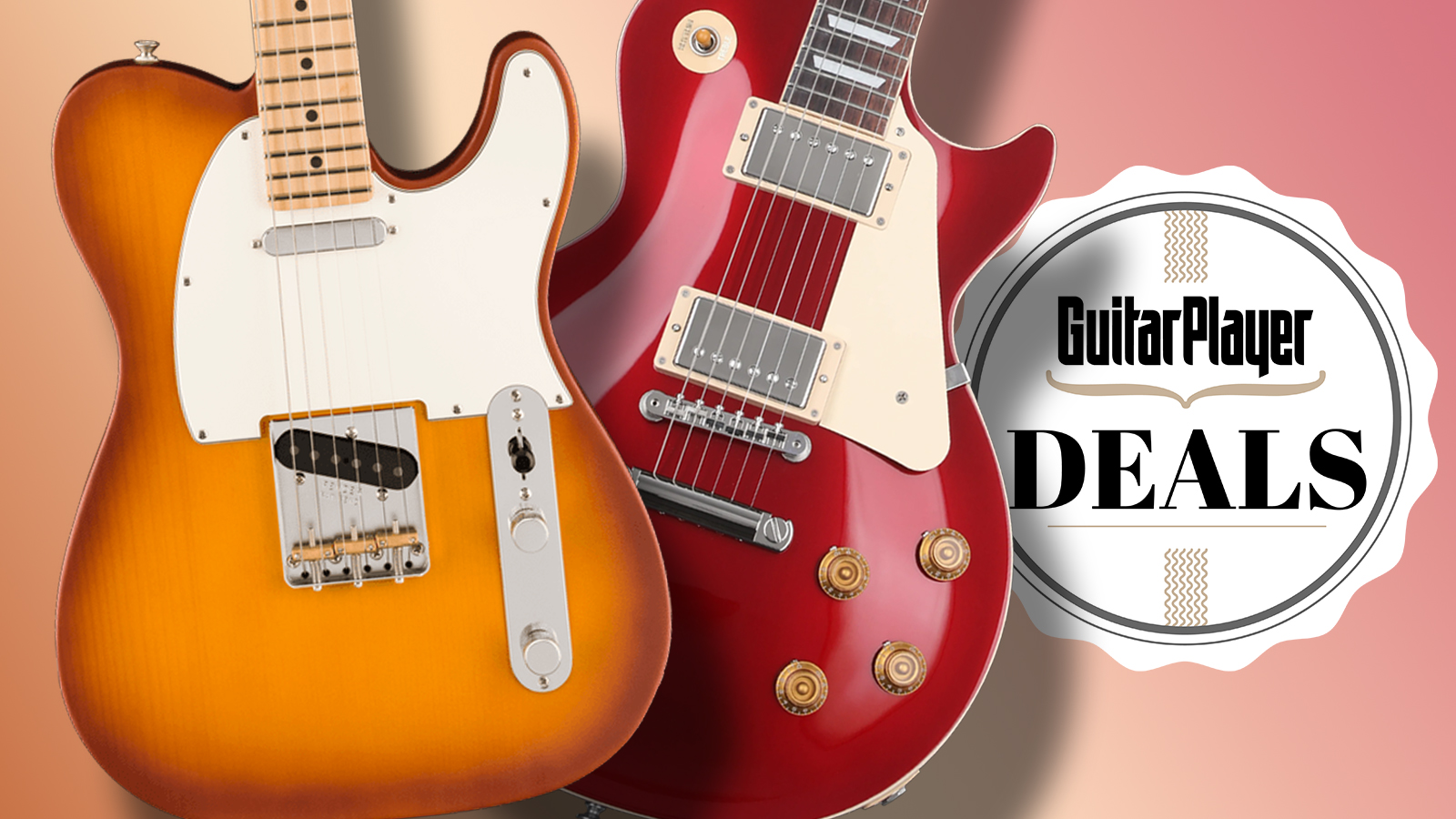The '68 Special And The Borrowed Electric Guitar That Rescued Elvis Presley's Career
In the '68 Comeback Special, Elvis switched guitars with Scotty Moore and reminded people of his rock'n'roll roots
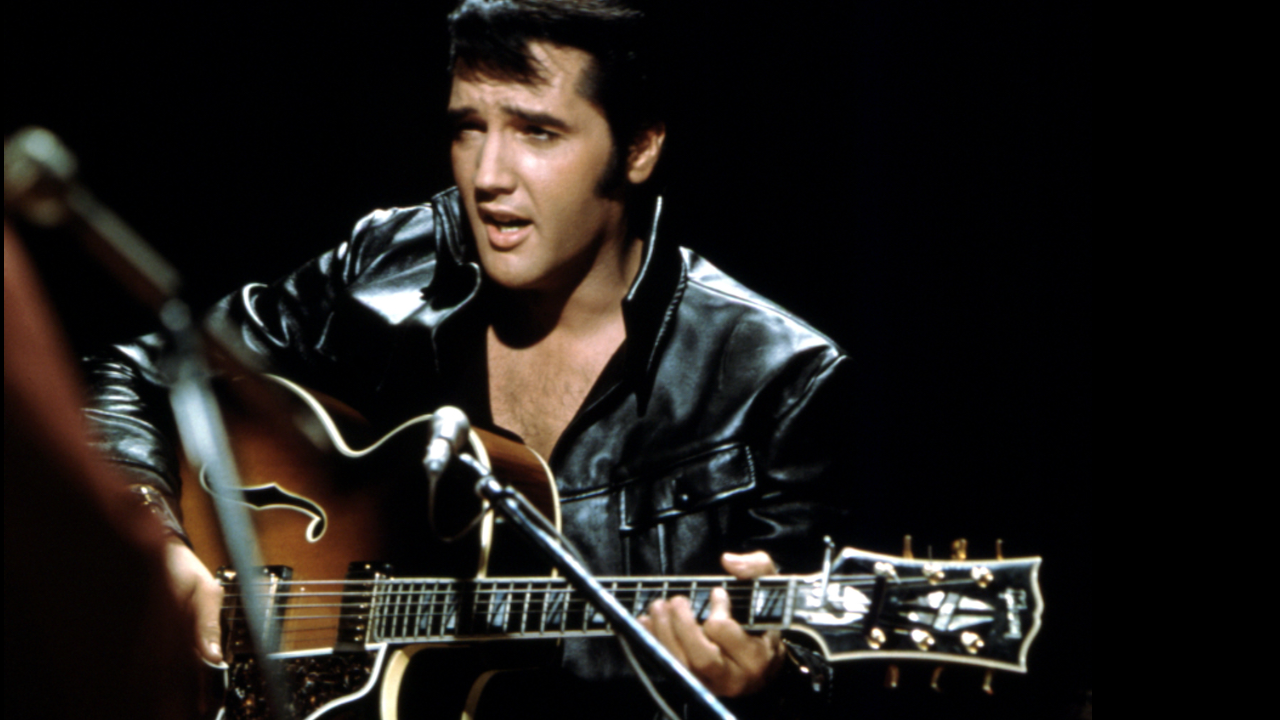
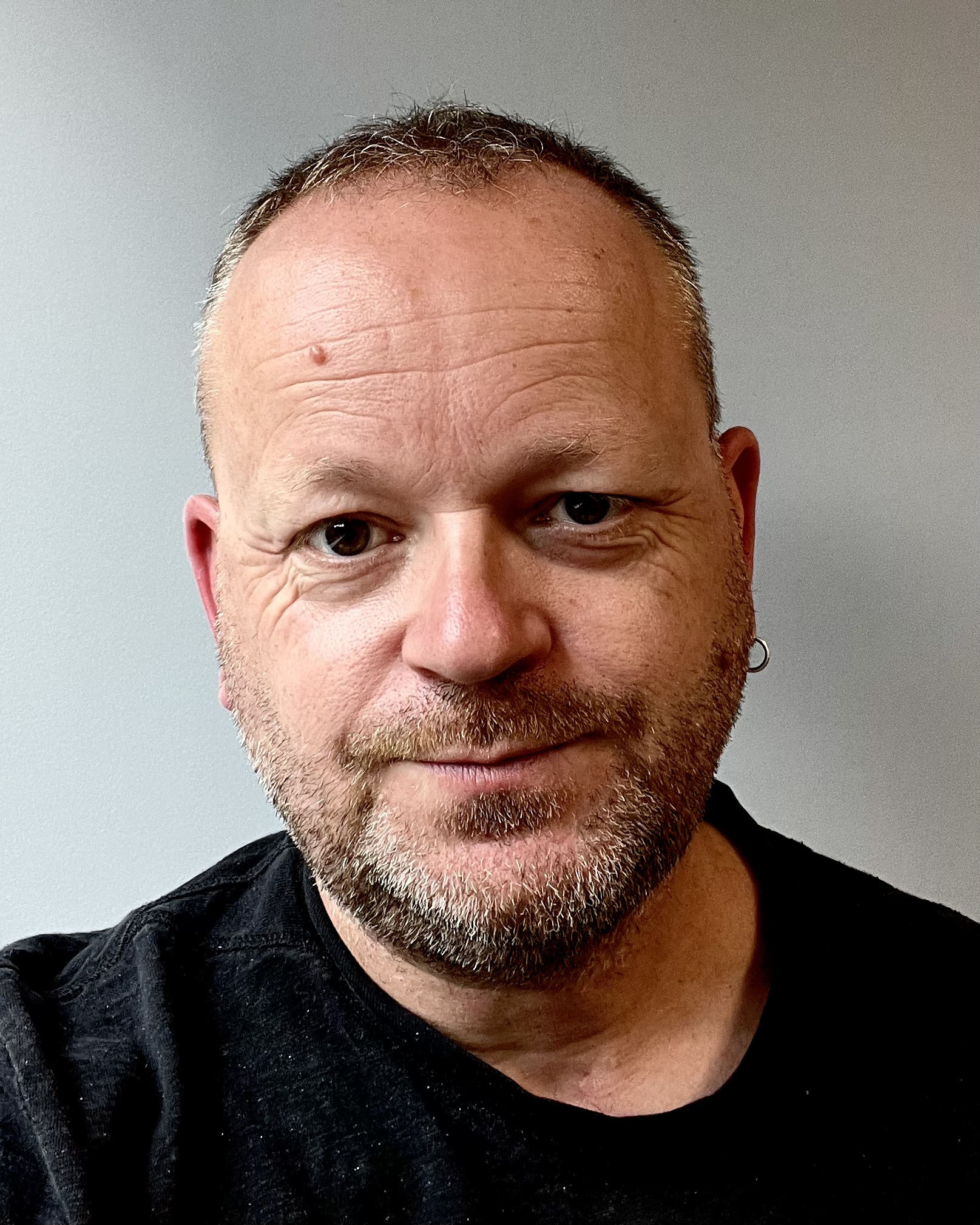
A lifelong Elvis fan, Scott has visited Sun Studios, Graceland and stayed down at the end of Lonely Street at Heartbreak Hotel (not a metaphor: a hotel that used to be across the street from Graceland). He interviewed Scotty Moore in 2002, backstage at the Cafe De Paris, in London, England, while he was Editor of Total Guitar magazine.
Call it the ’22 Comeback Special. Elvis Presley is making yet another comeback this year, with Baz Luhrmann’s Elvis movie packing theaters with a film that captures the impact Presley had on popular music and pays respect to the black American blues, gospel and rock’n’roll music he was influenced by.
One of the movie’s key moments centres around the ’68 Comeback Special, the TV show he made for NBC that year, and Elvis’s showdown with manager Colonel Tom Parker as The King tries to win back some relevancy after years of throwaway movies and cornball soundtrack albums.
The ’68 Comeback Special had originally been conceived as a Christmas show – and it did air on 3 December, 1968 – but filming for the special happened in the summer of that year. The segment it’s possibly most famous for today – the live ‘in the round’ sections featuring Elvis jamming with his band – was filmed on 27 June, 1968 in NBC’s Studio 4, Burbank, California.
The idea of stripping Presley’s act back to its bare essentials came to producer Steve Binder during rehearsals. After a day filming the more theatrical numbers, Presley and his guitarist Charlie Hodge would sit in their dressing room with guitars and jam. It was so much fun that Binder suggested that should be the show – for a while he even thought of filming it in their changing room – and when Elvis agreed, the producer flew out original guitarist Scotty Moore and drummer DJ Fontana.
“When we first went out there we thought we’d be standing up [like a regular gig],” Scotty Moore told me in 2002. Then Binder explained the plan. He wanted it informal, with the playfulness and excitement that comes from jamming. The only direction he gave the musicians was “Just don’t cuss!”
“That part in the round was ‘whatever happens, happens',” said Scotty. “We didn’t even have a set list. In fact, I had my guitar and amp and he had his rhythm guitar, and we thought we were going to be sitting down so I didn’t carry a strap…”
Scotty Moore had brought a 1963 Gibson Super 400 CES for the show. He’d bought the guitar in ’63 from a store in Chicago for $237 and a part exchange on a Gibson bass, and used it on his 1964 solo album The Guitar That Changed The World. Elvis was playing a 1960 Gibson J200 acoustic.
All the latest guitar news, interviews, lessons, reviews, deals and more, direct to your inbox!
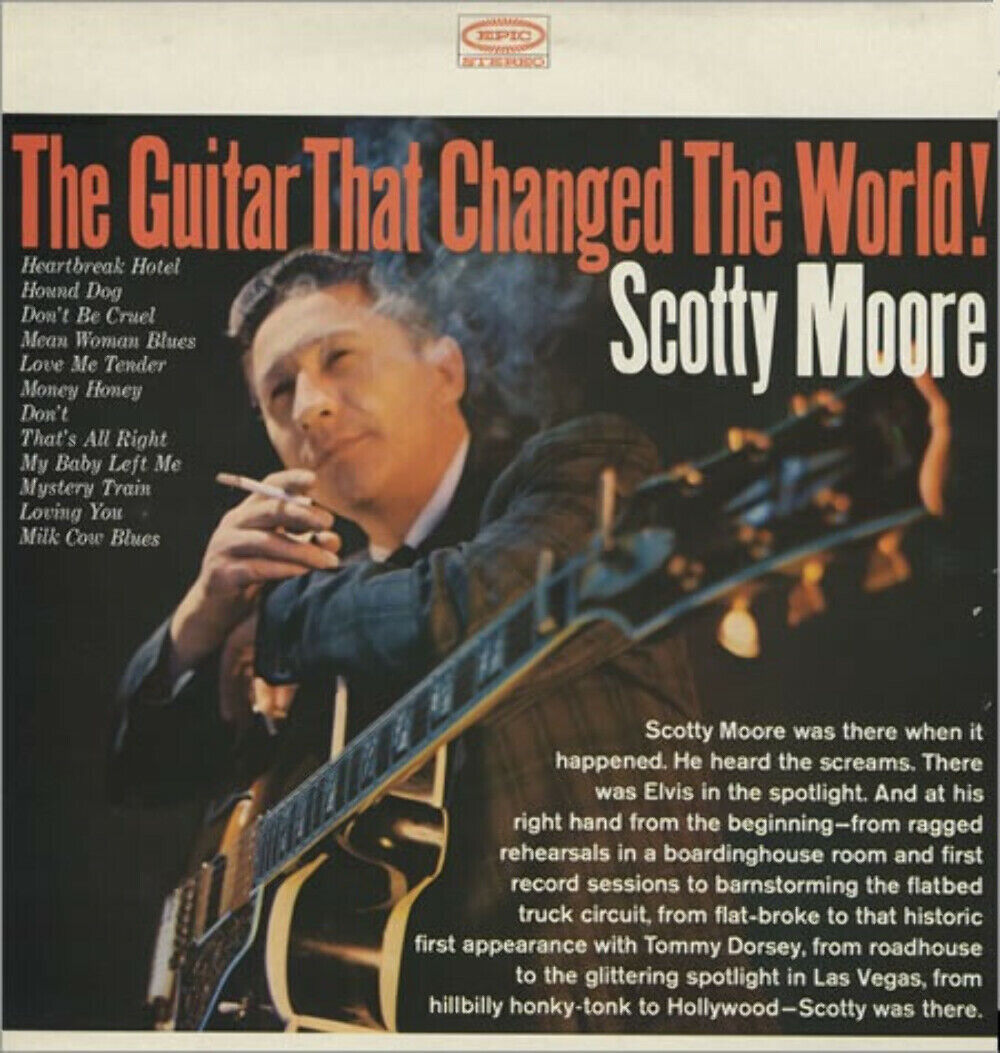
The TV show filmed the in-the-round segments over two performances. The First “Sit Down” Show captures Moore’s Chet Atkins-influenced electric style, as he solos over That’s Alright and adds his signature licks to Heartbreak Hotel.
After a jokey rendition of Love Me, Elvis looks at Moore and says, “Let’s swap axes,” and hands Scotty his J200.
"He asks to borrow my guitar because his is not loud enough,” said Scotty. “Next time you see it, look at the expression on my face, like… I wish I'd thought fast enough to say, ‘No! Go get your own guitar!’”
Armed with the electric guitar, Elvis tears into Jimmy Reed’s Baby, What You Want Me To Do, with gusto, literally taking the lead. Back in front of an audience, playing the rhythm and blues he loves, his guitar playing is rough round the edges but tough and exciting. Boots are stomped, the musicians shout encouragement and a decade of hokey pop is forgiven.
(In other segments, Elvis also turns to an electric guitar to modernise his image. The Hagstrom Viking II he used in the Guitar Man segment recently sold for $625,000.)
In the second "sit down show" (available now on several boxset collections), the two men don’t swap guitars (at first) and the song lacks punch. Scotty’s playing is slick and melodic, with country twangs. They do a couple more songs, then swap guitars and try again. Instantly, Elvis is transformed. It’s like the electric guitar itself brings something to his performance (maybe a recognition that the new kids on the block – The Beatles and the Stones – are electric players?).
Scotty, a Chet Atkins fan, is slick – but Elvis plays his heart out. “He was a great rhythm player, really good,” said Scotty. “He wasn’t a good enough player that he could just start playing lead guitar on any song or in any key or anything, but on songs that he knew…
“When I first met him, that was the thing that really impressed me as much as anything. He had great rhythm on the guitar and great rhythm in his voice. We did some songs and they were very rhythmic.”
They were. Those rhythms changed the world.
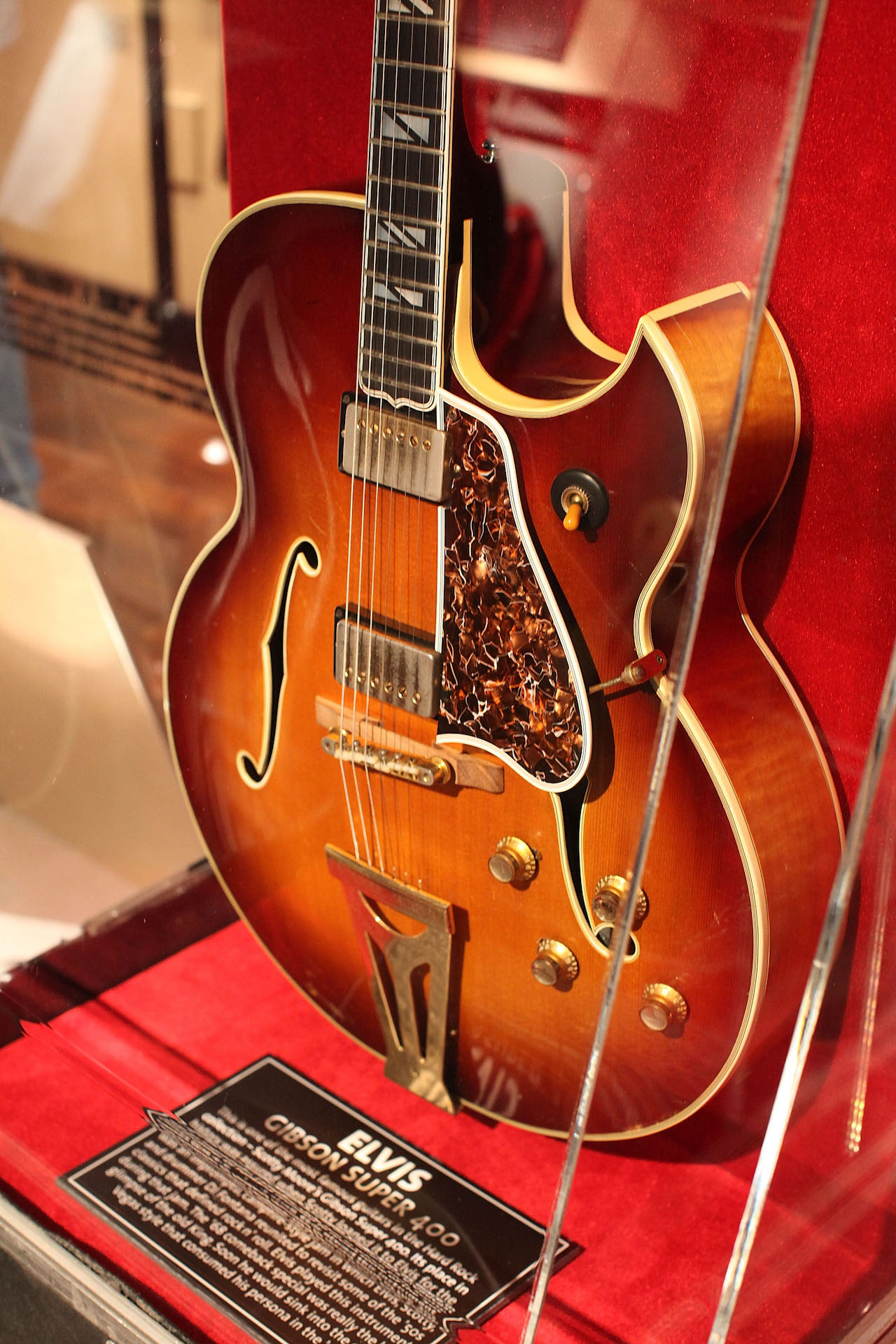
In the Comeback Special, Elvis stands up for Blue Suede Shoes. But without a strap, he struggles, propping the guitar on his knee with the aid of his chair.
“We don’t have a strap?” Elvis asks Scotty.
“No,” replies the guitarist.
“I gotta keep my leg here all night?”
“Yep,” says Moore, adding: “Watch it” (ie be careful with my guitar).
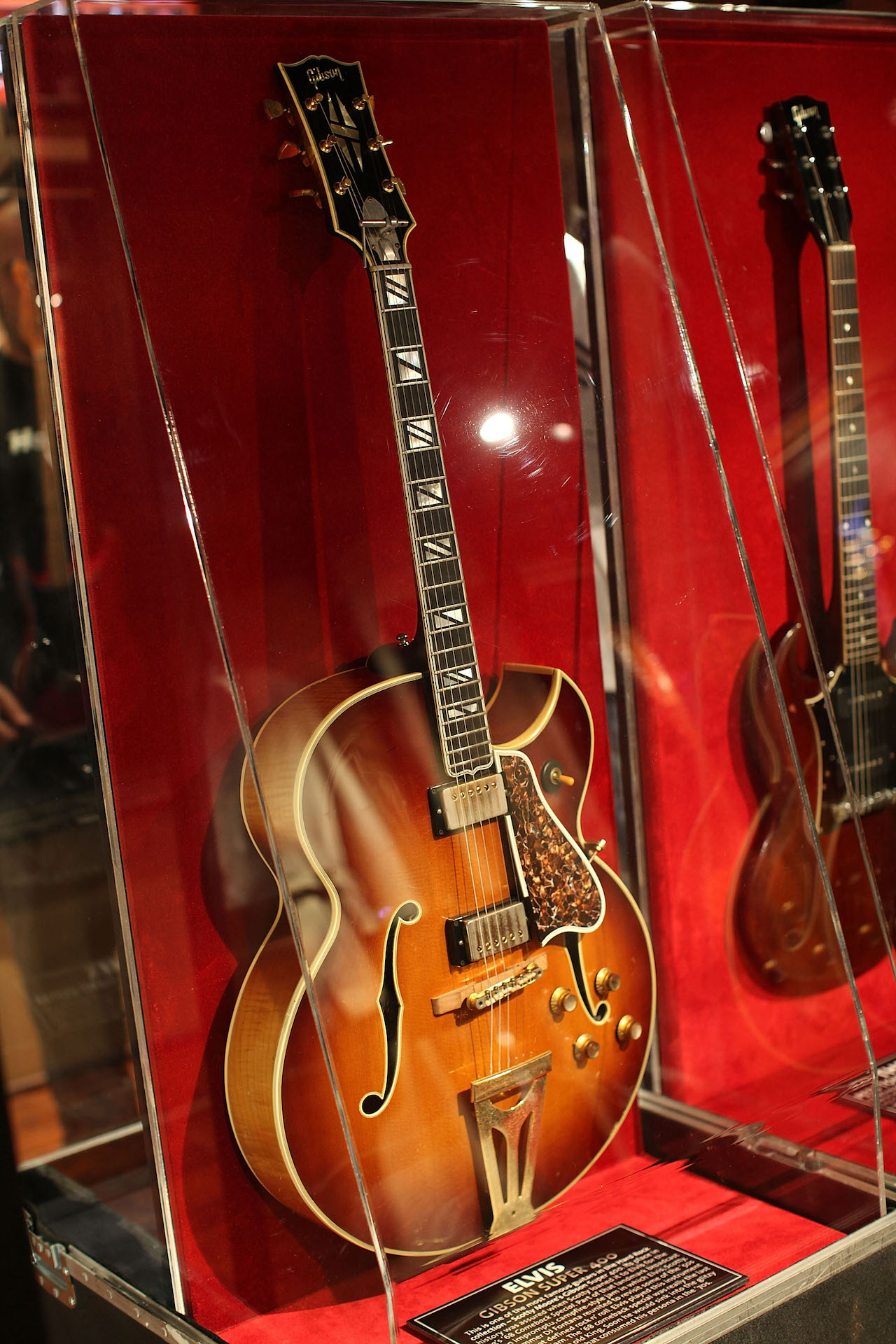
That day, 27 June 1968, was the last time Scotty Moore saw Elvis. “That was the last time I saw him or played with him,” said Scotty, who died in 2016 and whose character barely appears in the Baz Lurhmann film. (Although the film majors on the drama surrounding the special, the “sit down sessions" don’t appear in the movie.)
“He really wanted to do a European tour,” said Scotty. “That I know for a fact. DJ and I had dinner with him and he had told us then that he would like to do a European tour, all of Europe. We said, ‘Sure’. I had never been over at that point in time.
“There were two things at that dinner. He asked about that and he asked if I still had my studio. He only had one or two movies to finish, and he said, ‘Do you still have your studio?’“ I said, ‘Yeah, sure do’. And he said, ‘What’s the chances of getting in for a couple of weeks and seeing what we come up with?’ That was the way he put it.
“I said, ‘Yeah. Just give me a little bit of advance warning so I can block the time out’. But of course, management – Parker – wouldn’t let that happen, I don’t know why.”
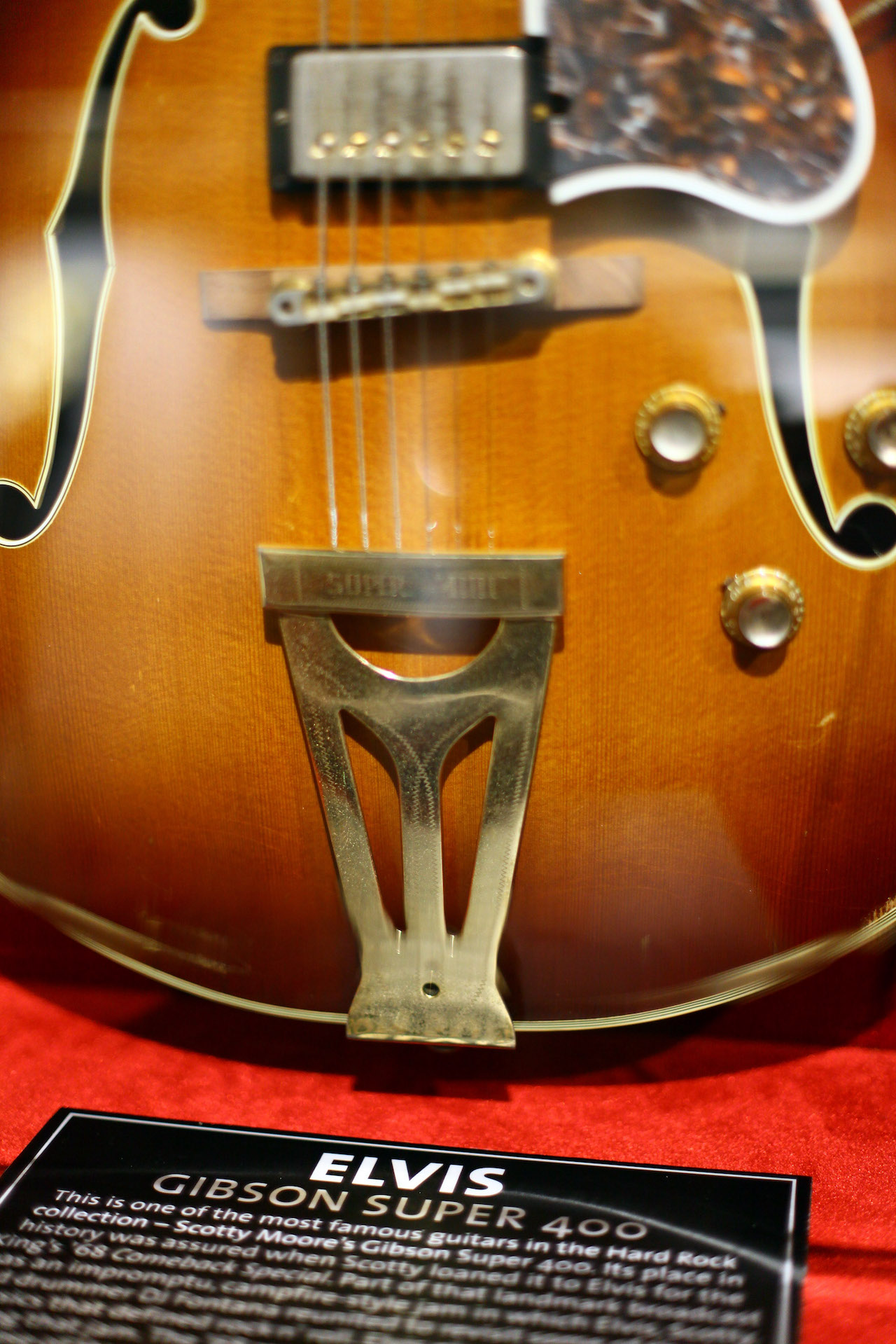
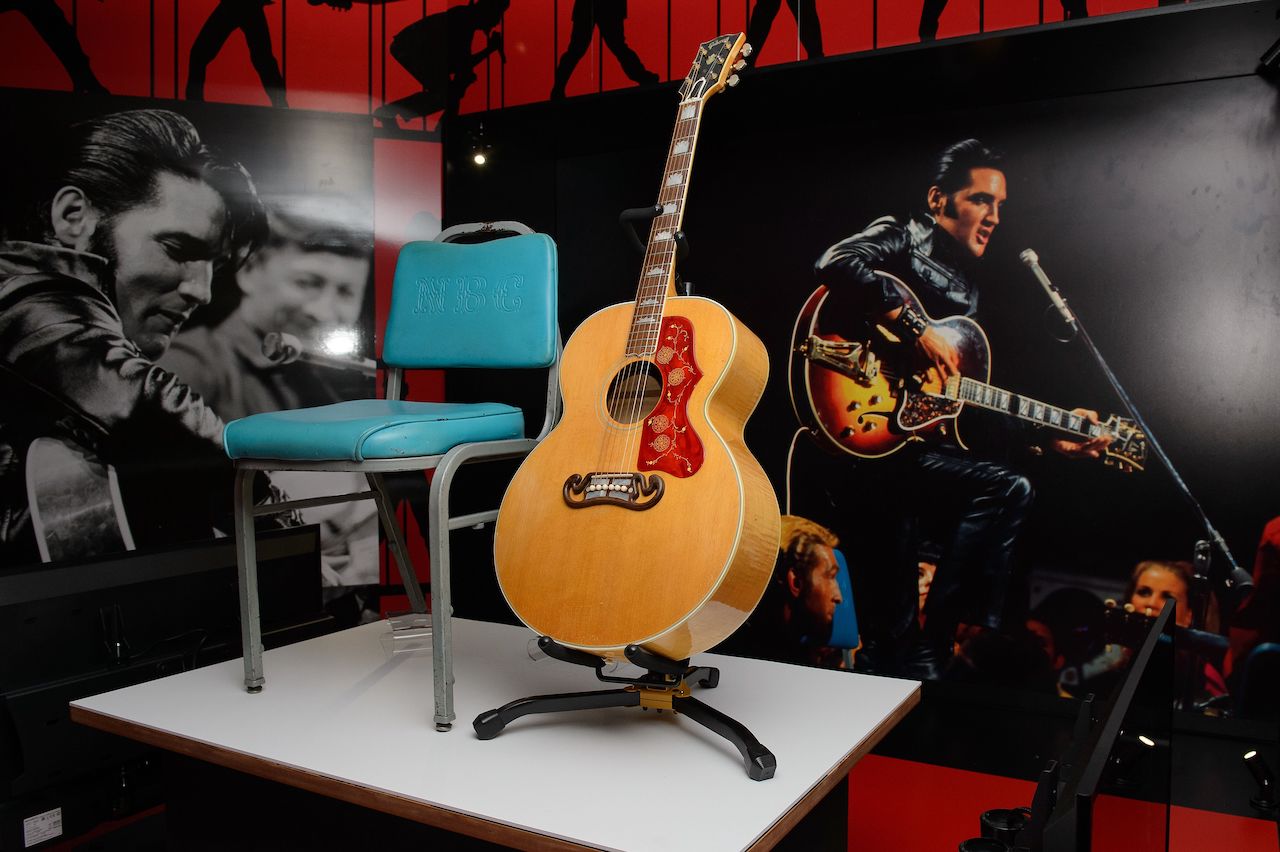
And the guitars? Elvis’s Gibson J200 is on display at Graceland. Scotty kept the Super 400 until December of 1985: “After years of not playing,” says Moore’s website, “he sold it to a private collector, Paul Dragon, for $10,000”.
Dragon sold the guitar to Frank Lucido of California Guitar in Ojai, California. "It was my guitar store that sold the guitar to the Hard Rock Cafe," says Frank. "I sold the guitar to the Hard Rock for $30,000.
"They originally hung it on the wall at their club in Dallas. When I saw the guitar it was hanging low on the wall and two of the plastic control knobs had been stolen from it. I told them that their 'clients' were going to strip the guitar completely if they left it were it was. They moved it quickly."
The guitar is believed to still be a part of the Hard Rock Cafe collection.
Before the Super 400 CES, Scotty had played a 1956 Super 400 CES. He sold that guitar to producer Chips Moman in 1963. Moman put it up for auction at Christie's Auction House in London. In April 2000, it went for $98,652.
Chet Atkins once asked Scotty why he had sold the Super 400. Moore told him he needed a tractor. Elsewhere on the webpage is a picture of the tractor with the caption: “The tractor still works and, unlike the guitar, is still used”.

Scott is the Content Director of Music at Future plc, responsible for the editorial strategy for online and print brands like Guitar Player, Guitar World, Total Guitar, Louder, Classic Rock, Metal Hammer, Prog, Guitarist and more. He was Editor in Chief of Classic Rock for 10 years and Editor of Total Guitar for 4 years. Scott regularly appears on Classic Rock’s podcast, The 20 Million Club, and was the writer/researcher on 2017’s Mick Ronson documentary Beside Bowie.
Over the years Scott has interviewed players like Jimmy Page, Slash, Brian May, Poison ivy (the Cramps), Lemmy, Johnny Depp (Hollywood Vampires), Mark Knopfler, Robin Guthrie (Cocteau Twins), Will Sergeant (Echo & The Bunnymen), Robert Smith (The Cure), Robbie Robertson (The Band), Jonny Greenwood (Radiohead), Joe Bonamassa, Scotty Moore (Elvis Presley), J Mascis (Dinosaur Jr), Mick Jones and Paul Simonon (The Clash), Pete Shelley (Buzzcocks) and more.


